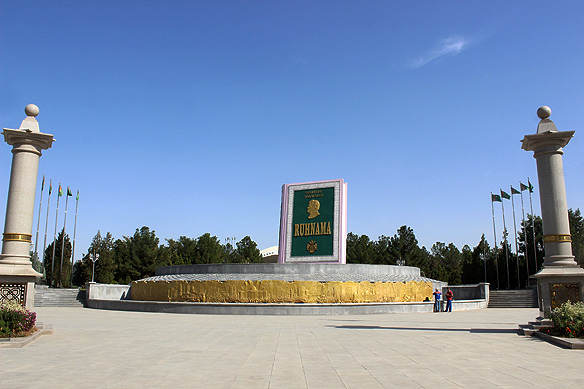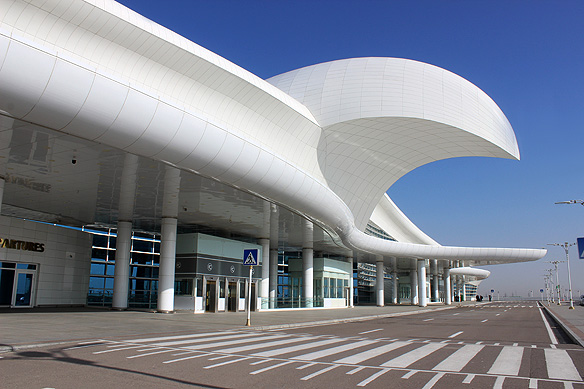
To know Ashgabat, Turkmenistan’s capital, is to know the country’s first President and dictator Saparmurat Niyazov. And to know the Rukhnama, his autobiography and ‘words of wisdom’ for his people, is to know both. 🙂
Here is a photo essay of the three, with excerpts from the Rukhnama [the first and second volumes]. For no other three—a man, his book, and a city—are more closely intertwined than Turkmenbasy [Niyazov], the Rukhnama, and Ashgabat.
“When you read Rukhnama, you shall be purified, justified; your life and existence shall have a justification; your objectives and intentions shall be fulfilled. Your existence among the Turkmen shall be accepted!”



![Coronation of Seljuk Sultan Ahmad Sanjar [r. 1118 – 1157]; Jami' al-Tawarikh by Rashid al-Din, Tabriz, Persia, 1307 AD.](https://ramaarya.files.wordpress.com/2024/01/merv-1-ahmad-sanjar-miniature-painting.jpg?w=584&h=293)
